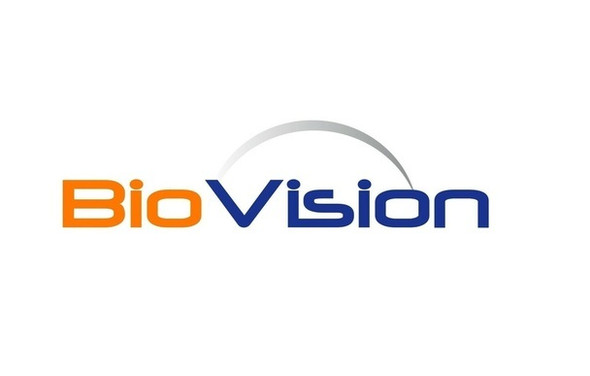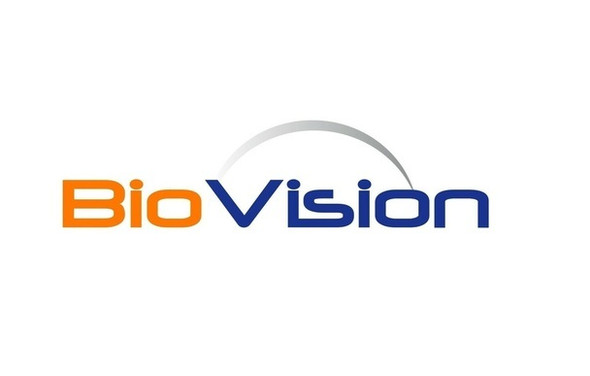Biovision
Human CellExp™ CD23, human recombinant
- SKU:
- 26-7435
- Availability:
- Usually Shipped in 5 Working Days
- Storage Temperature:
- -20°C
- Shipping Conditions:
- Gel Pack
- Shelf Life:
- 12 months
Description
Biomolecule/Target: CD23
Synonyms: FCER2; FCER-2; CD23; CD-23; CD23A; CD-23A; CLEC4J; FCE2; FCE-2; IGEBF; FcεRII; FcεRⅡ; Fc epsilon RII
Alternates names: FCER2; FCER-2; CD23; CD-23; CD23A; CD-23A; CLEC4J; FCE2; FCE-2; IGEBF; FcεRII; FcεRⅡ; Fc epsilon RII
Taglines: Mediates transportation during antibody feedback regulation.
Taglines: USA
Country of Animal Origin: USA
NCBI Gene ID #.: 2208
NCBI Gene Symbol: FCER2
Gene Source: Human
Accession #: P06734
Recombinant: Yes
Source: HEK293 cells
Purity by SDS-PAGE #: ≥95%
Assay: SDS-PAGE
Purity: N/A
Assay #2: N/A
Endotoxin Level: <1 EU/μg by LAL method
Activity (Specifications/test method): N/A
Biological activity: Measured by its binding ability in a functional ELISA. Immobilized rhCD23 at 2 μg/ml (100 μl/well) can bind human IgE with a linear range of 0.01-1.2 μg/ml.
Results: Measured by its binding ability in a functional ELISA. Immobilized rhCD23 at 2 μg/ml (100 μl/well) can bind human IgE with a linear range of 0.01-1.2 μg/ml.
Binding Capacity: N/A
Unit Definition: N/A
Molecular Weight: This protein is fused with a fused with 6×his tag at the N-terminus and has a calculated MW of 33.2 kDa expressed. The predicted N-terminus is Asp48. Protein migrates as 40-44 kDa in reduced SDS-PAGE resulting from glycosylation.
Concentration: N/A
Appearance: Lyophilized
Physical form description: Lyophilized from 0.22 μm filtered solution in PBS, pH7.4. Normally Mannitol or Trehalose is added as protectants before lyophilization.
Reconstitution Instructions: Centrifuge the vial prior to opening. Reconstitute in sterile PBS, pH 7.4 to a concentration of 50 µg/ml. Do not vortex. This solution can be stored at 2-8°C for up to 1 month. For extended storage, it is recommended to store at -20°C.
Background Information: Cluster of differentiation 23 (CD23), also known as Low affinity immunoglobulin epsilon Fc receptor (FCER2), C-type lectin domain family 4 member J (CLEC4J), Fc-epsilon-RII (FcεRII), Immunoglobulin E-binding factor (IGEBF), is the "low-affinity" receptor for IgE, an antibody isotype involved in allergy and resistance to parasites, and is important in regulation of IgE levels. Unlike many of the antibody receptors, CD23 is a C-type lectin. It is found on mature B cells, activated macrophages, eosinophils, follicular dendritic cells, and platelets. There are two forms of CD23: CD23a and CD23b. CD23a is present on follicular B cells, whereas CD23b requires IL-4 to be expressed on T-cells, monocytes, Langerhans cells, eosinophils, and macrophages. CD23 is known to have role of transportation in antibody feedback regulation. Antigen that enters the blood stream is captured by antigen specific IgE antibodies. The IgE immune complexes that are formed bind to CD23 molecules on B cells, and are transported to the B cell follicles of the spleen. The antigen is then transferred from CD23+ B cells to CD11c+ antigen presenting cells. The CD11c+ cells in turn present the antigen to CD4+ T cells, which can lead to an enhanced antibody response. In flow cytometry, CD23 is helpful in the differentiation of chronic lymphocytic leukemia (CD23-positive) from mantle cell leukemia (CD23-negative).
Amino acid sequence: N/A
Handling: Centrifuge the vial prior to opening.
Usage: For Research Use Only! Not to be used in humans






